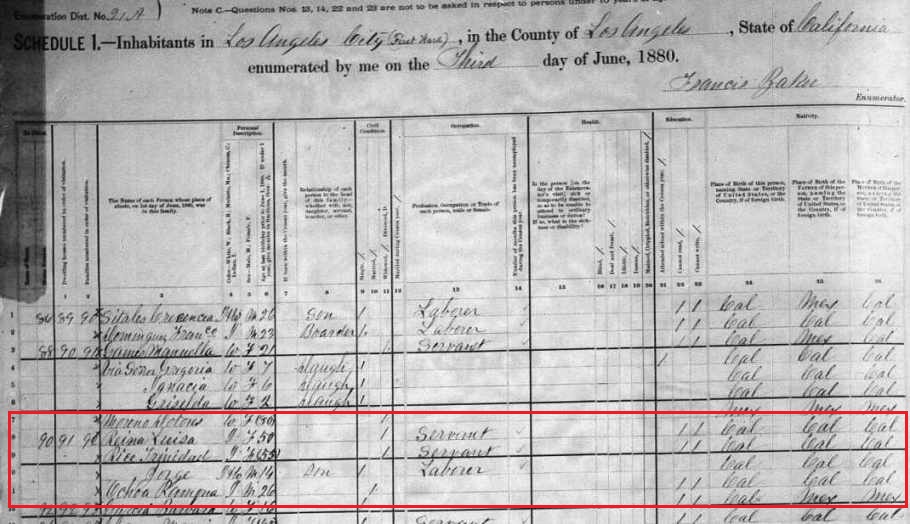


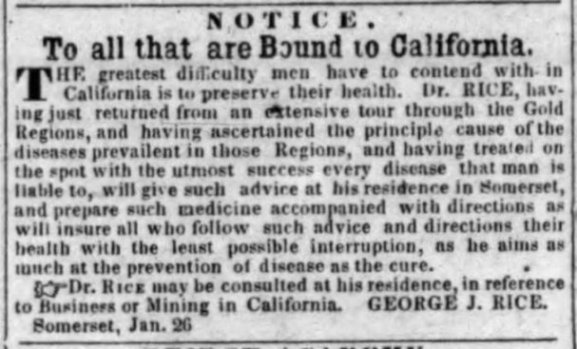

|
|
Catalina Lopez tombstone at the Gibbs Cemetery in Somerset, Massachusetts (Find-a-Grave). Wife of George I Rice, Born in San Juan [Capistrano] May 23, 1815, died in Somerset [Massachusetts] May 3, 1852, Aged 36 Years. Frederick died August 1, 1853, Aged 1 year & 3 months. |
George Rice tombstone at the Gibbs Cemetery in Somerset, Massachusetts (Find-a-Grave). His middle name has been listed both as Isaiah and Joseph (see Spanish-Mexican Families of Early California by Northrop) |
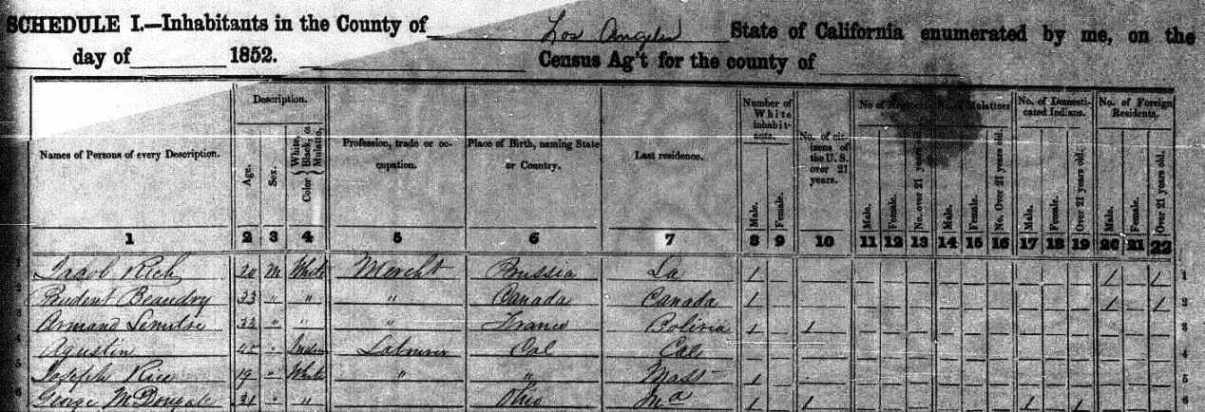
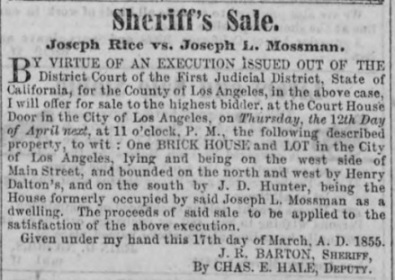

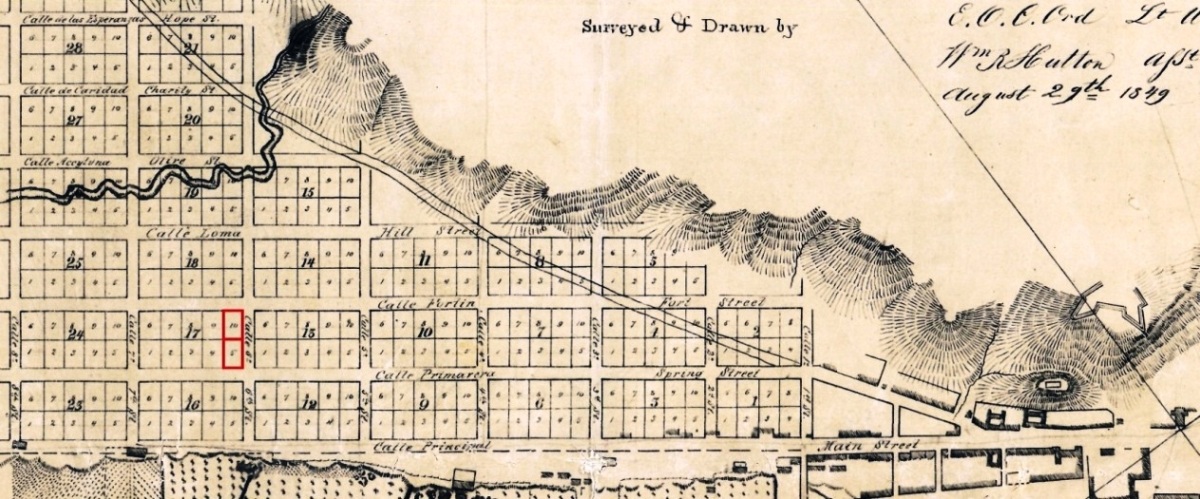

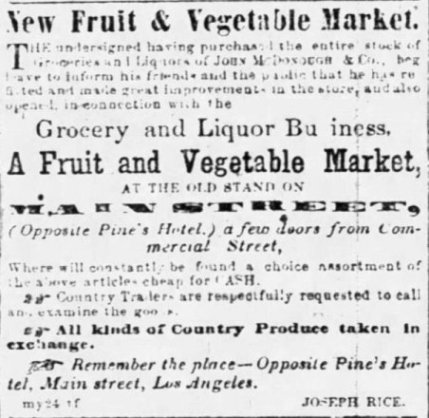
|
|
Los Angeles Star, December 27, 1856. |
Los Angeles Star, January 17, 1857. |
"Without exception this has been the most disasterous season for crops since the [Sebastian] Reservation has been established. The drought however was not confined to this place, but throughout the entire Southern Country the crops have failed."Then on July 10, 1857, there was a letter from Thomas D. Henley to J. R. Vineyard, Indian Agent of the Tejon Reserve:(19)
"There seems therefore to be no alternative but to subsist the Indians upon the natural resources of the country upon which they have lived before the assistance of the Government had been extended to them. There is time now to provide for this emergency and no effort should be spared to do so effectually."Since supplies for the Reservation were purchased in Los Angeles, maybe he knew about the problems and thought that if he had a store there, he could profit from the situation.
"In obedience to instructions of the 28 July ultimatum, Agent Vineyard directed the trader to vacate the public building and remove beyond the limits of the Reservation. The first part of the order has been obeyed. The trader (Joseph Rice) has commenced building a trading post about 1/4 of a mile from the large granary immediately on the creek that flows past the agent's residence, and is, in the opinions of the agent and every one on the place, within the limits of the approved survey of the Reservation."The July 28, 1857, ultimatum can be read in Appendix 3. Agent Vineyard was James R. Vineyard the Sebastian Reservation Indian Agent. The ultimatum was in regards to a circular from the Office of Indian Affairs reminding agents that the use of alcohol on the Reservations was forbidden and that employees should stay away from the Indian women. Rice was probably selling alcohol in his store and he was certainly living with an Native American, Maria Trinidad. They already had a daughter.
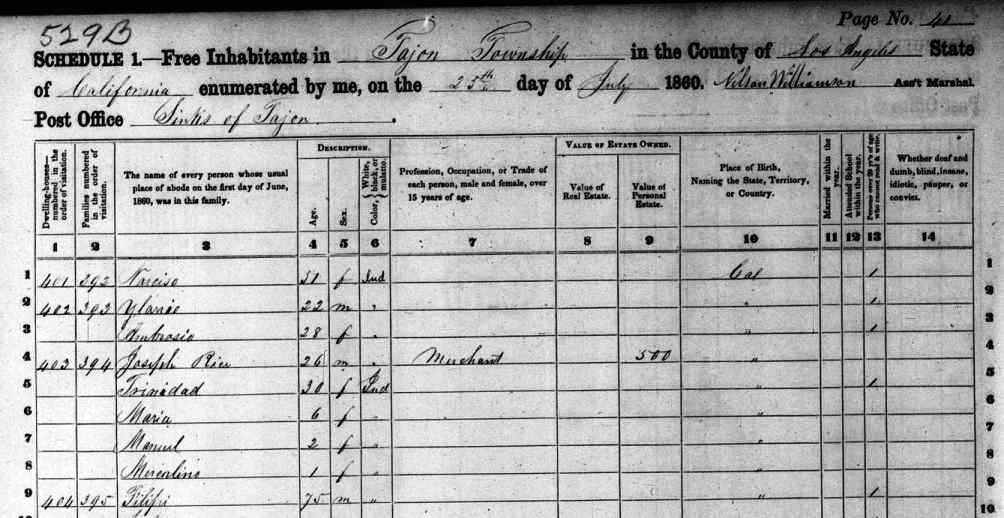
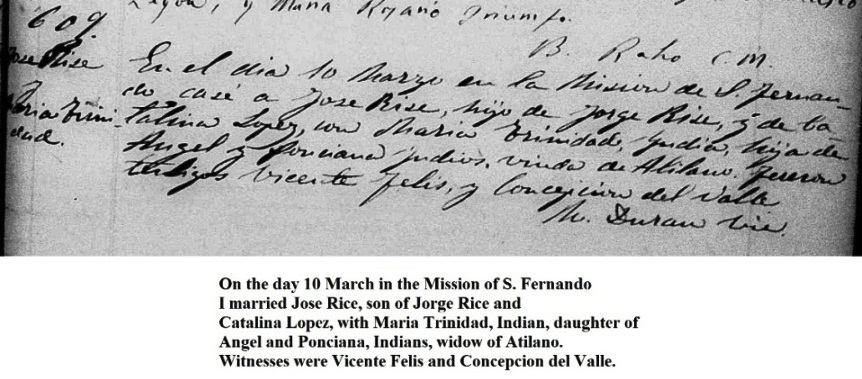
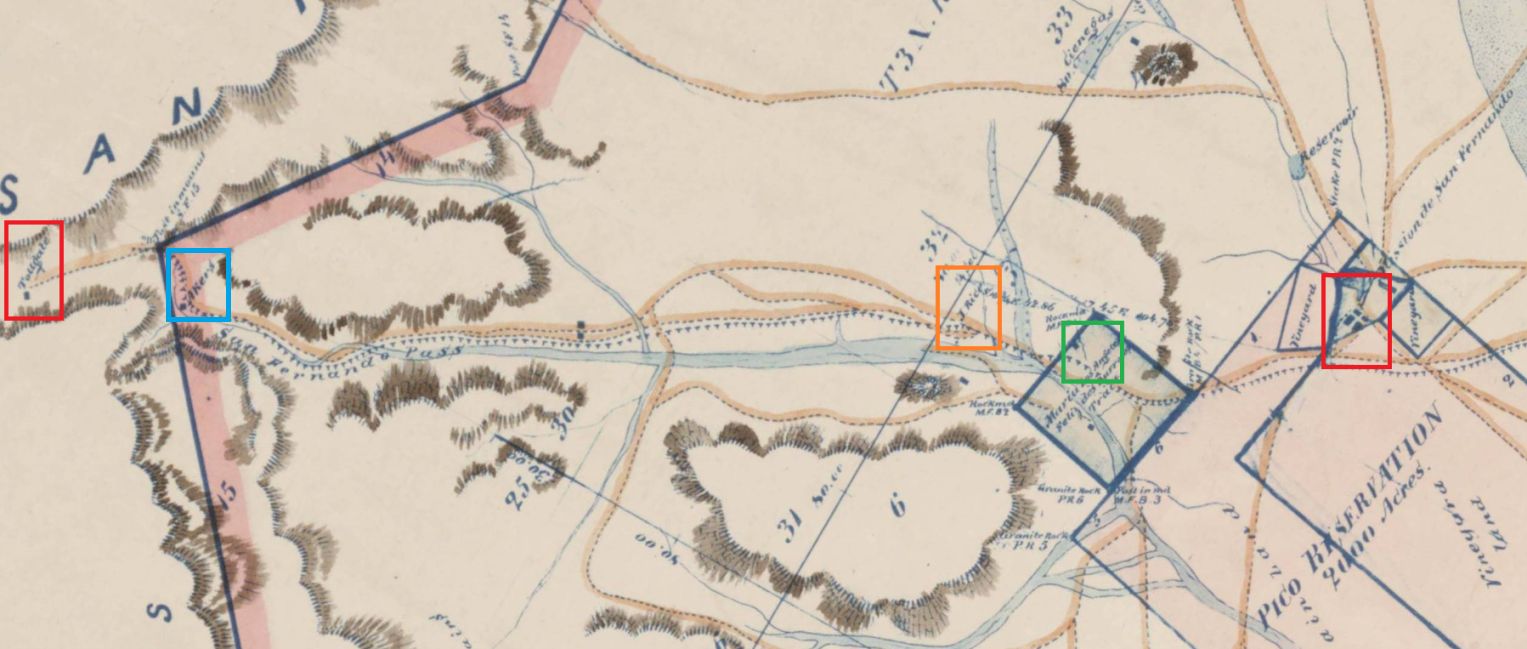

|
|
Even today, there is an oil seep in Rice Canyon right on the trail (Photo taken on September 16, 2022) |
Closeup of seep. Nearby, oil is still oozing into the water from layers of earth cut by the creek. |
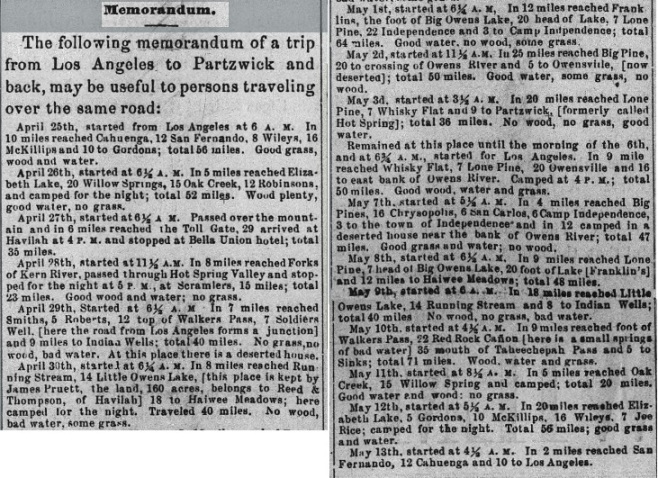

"The next day we drove down the Soledad Canyon forty miles and camped at San Fernando Valley, and the day following drove on to Joe Rice's and finding good feed, concluded to stay there the balance of the day and rest our tired horses."
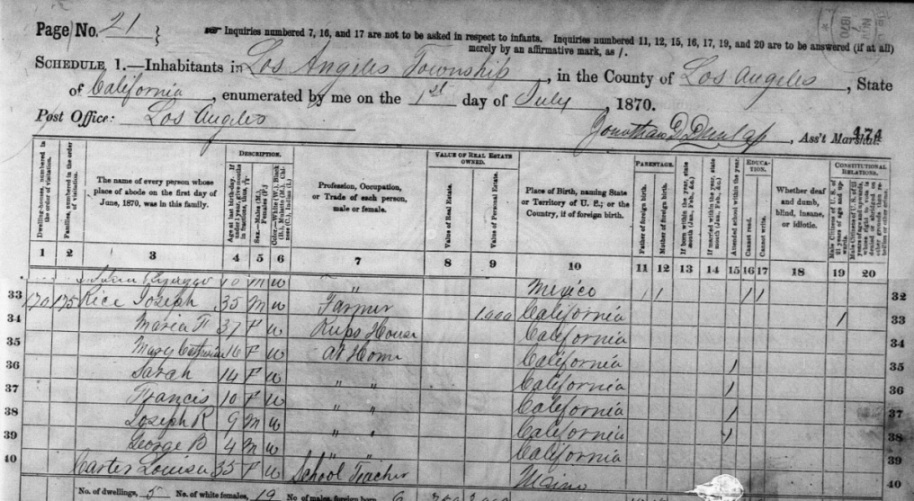
p. 85 - "The Telegraph Stage Line was established [to LA in 1872] after the Overland Stages had stopped running on this route. It was named because of the telegraph line [erected in 1860]. The stage line had regular stops at almost all of the old Overland Stage Stations: Poso Creek, Bakersfield, Rancho de las Canoas, Fort Tejon, Gorman's, Cow Springs, Gordon's, Lyons', Lopez Station, Carpenter's, and Los Angeles. They also would make stops for mail or packages at Moore's Station and at Joe Rice's."
"p. 173 - [Steamboat] Miller would stay on his place for three or four months, and then go into San Fernando on a spree. He would be drunk for a week or so. Then he would go out to my father's station or Joe Rice's store one mile north of Lopez Station, lay in provisions, and go home."Ominously, on June 24, 1872, Joseph Rice wrote his will. He was only 38 years old so he must have known or suspected that something was wrong with him.(43)
|
|
"Jose Rice, resident of San Fernando, 40 years old."Translation from La Cronica (of Los Angeles) of June 28, 1873. |
"On June 26 in his residence two miles from the San Fernando Mission, Joseph Rice died at the age of 39 years. He knew many who travelled on the road to Lone Pine, the Owens River, etc. His funeral was in this city on Friday the 27th [of June]. He leaves a widow and five children. May the earth weigh lightly" Rough translation from La Cronica (of Los Angeles) of July 2, 1873. |
|
|
Notice of hearing to approve will for probate. From the Los Angeles Evening Express of June 30, 1873. |
Notice to creditors of Joseph Rice probate. From the Los Angeles Evening Express of August 14, 1873. |
